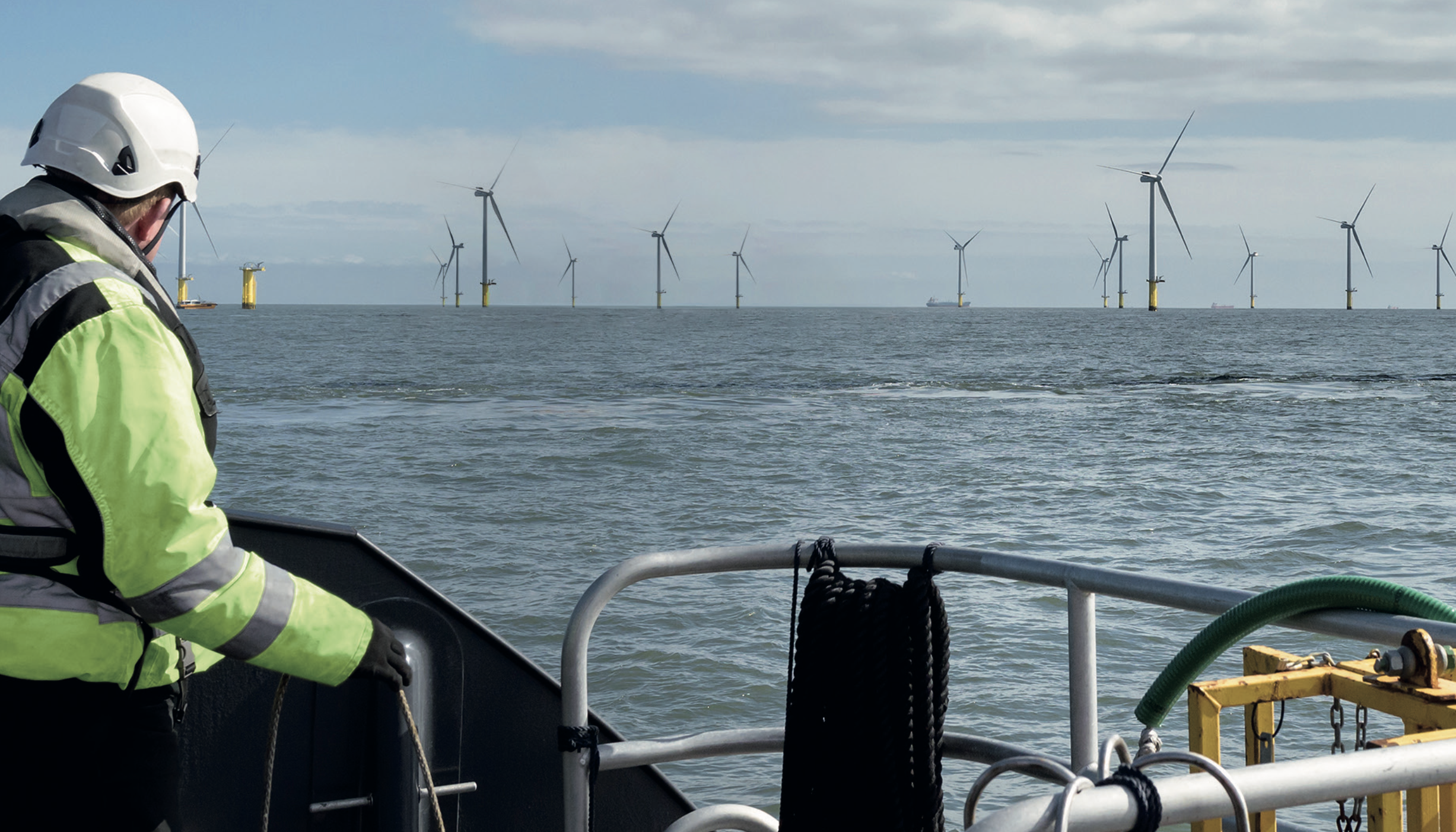Reducing the cost of offshore wind through proactive maintenance, inspection, protection and repair
Ambitious environmental targets from governments around the world, including Germany’s 20GW by 2030, and the UK’s commitment to 40GW by 2030, are accelerating the growth of offshore renewables and in particular, offshore wind, which is set to skyrocket over the next decade.
When the first offshore wind farm was constructed in the early 1990s, there was a real sense of hopefulness for this innovative technology, and whilst that feeling hasn’t dissipated, there is now a strong understanding of the challenges each offshore structure brings with it. As offshore wind farms are planned ever larger and further from shore, it is absolutely critical that the learnings taken from each new development are considered to continuously improve processes, assets, and technology.
Protecting offshore structures from corrosion
Reports show the offshore wind industry is set to grow to 234GW capacity globally by 2030. A recent report published by the Global Wind Energy Council found that the key to this exponential growth is turbine technology, which will improve both asset efficiency and resilience, resulting in Levelised Cost of Energy (LCOE) reductions and increased adoption.
Funding the research and development of new turbines makes up part of the €26.3 billion invested in European wind farms in 2020, a 330% increase on 2019’s figures, which totalled €6.4 billion to fund four offshore wind farms.
As offshore wind turbine foundations represent 30% of the cost of a wind farm, it stands to reason that a large amount of emphasis should be placed on protecting these assets from degradation. With investors keen to realise a return on these significant investments, it is more important than ever to ensure the prolonged lifetime of the wind farm assets through active protection and maintenance.
As a leading provider of project services and CTVs to the offshore wind industry, CWind understands the marine environment and has the expertise to deliver corrosion prevention solutions.
Over the last decade, CWind, which has a strong track record of successful corrosion protection campaigns, has seen a rise in the number of instances of corrosion caused by equipment failures or through the installation of the subsea cables.
In order to reduce the risk of expense or asset downtime due to corrosion, it is vital that asset owners realise the importance of long-lasting cathodic protection, and a trustworthy company to carry out these preventative measures. The benefits of this initial investment in corrosion protection will be realised long after installation works are complete.



























